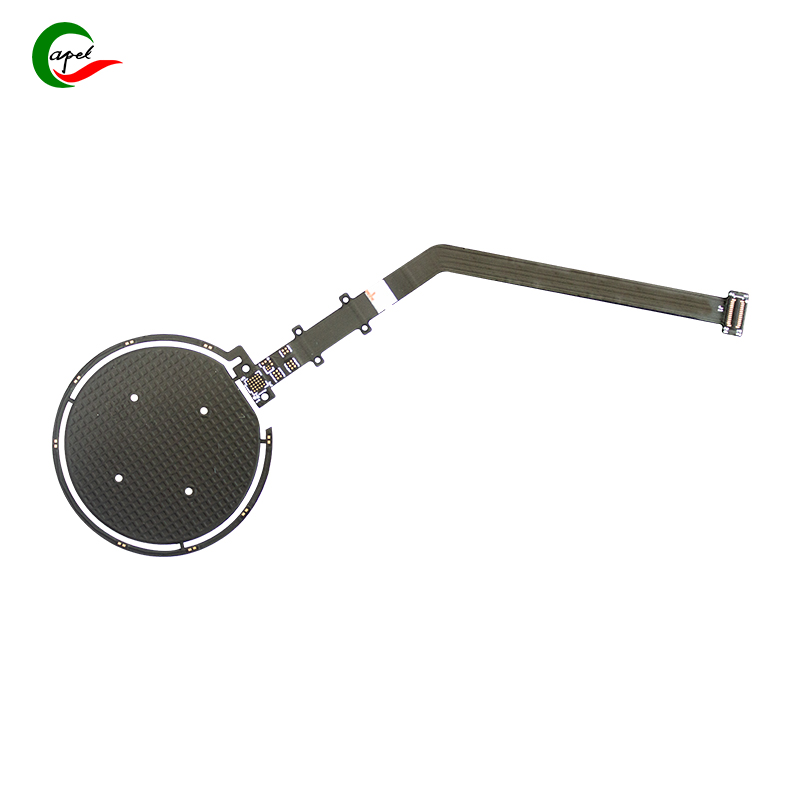Date: 2025-10-20
If you've ever pulled a flexible PCB from an outdoor sensor or automotive module after months of service only to find it failing insulation tests, you know the frustration. That gradual resistance decay in hot, humid environments is one of the most common - yet preventable - failures we see in field applications.
The reality is simple: when insulation resistance drops from 10¹⁰Ω to below 10⁸Ω over 1000 hours, you're not just looking at performance issues - you're facing potential safety hazards and premature system failures. Having worked through these challenges with automotive and marine customers, I've found that preventing this decay doesn't require exotic solutions, but rather a disciplined approach to materials, processes, and design.
Before we jump to solutions, let's talk about what's actually happening inside your boards:
Moisture Loves Standard PI
Regular polyimide acts like a sponge, absorbing 2-3% of its weight in moisture over time. This isn't just surface moisture - it penetrates the material itself, creating conductive pathways where there shouldn't be any.
Contamination Becomes Conductive
That tiny bit of flux residue you thought wouldn't matter? In 85% RH at 85°C, it becomes a highway for leakage current. The same goes for any oils or dust that might seem harmless during assembly.
Adhesives Swell and Fail
Standard epoxy adhesives absorb moisture and swell, losing their insulating properties and often creating gaps for further moisture penetration between layers.
Thermal Cycling Creates Microcracks
The constant expansion and contraction in changing temperatures creates tiny stress cracks that moisture eagerly fills, accelerating the resistance decay process.
Here's what we've found effective through extensive testing and field validation:
Material Upgrades That Matter
Switch to Fluorinated PI: Materials like DuPont's Kapton® F might cost more upfront, but with moisture absorption ≤0.5% compared to 2-3% for standard PI, they're worth every penny for critical applications.
Use Silicone-Modified Adhesives: These handle the swelling much better than generic epoxies and maintain consistent insulation resistance.
Upgrade Your Solder Mask: UV-curable polyimide solder masks outperform acrylic options significantly in humid environments.

Protection Layers That Actually Work
Conformal Coating Done Right: We've had excellent results with Parylene C coatings at 20-30μm thickness. The key is complete coverage - any tiny gap becomes the failure point. Silicone coatings work well for less demanding applications.
Don't Forget the Edges: This is where most people cut corners, but unsealed edges account for about 70% of the moisture ingress we see. A thin silicone sealant applied to all cut edges makes a dramatic difference.
Barrier Layers for Extreme Conditions: In marine or automotive underhood applications, adding a fluoropolymer barrier layer can cut moisture-related failures by 60% or more.
Process Controls You Can't Skip
Bake Everything: We bake all substrates and components at 105°C for 2-4 hours before lamination. Skipping this guarantees problems down the line.
Plasma Cleaning: Oxygen plasma treatment before applying coatings ensures perfect adhesion and removes contaminants that would otherwise absorb moisture.
Controlled Lamination: Consistent pressure (0.3-0.5 MPa) and temperature control during lamination prevent the micro-gaps where moisture loves to hide.
Design Considerations That Help
Add Drainage Channels: For larger flex boards, 0.2-0.3mm channels along edges prevent moisture pooling in critical areas.
Increase Trace Spacing: We add 15-20% more spacing between high-voltage traces in boards destined for humid environments.
Round Those Corners: Sharp 90-degree corners are stress concentrators that turn into microcracks. Simple rounding makes a big difference.
Assuming "Clean Enough" is Good Enough: Residual flux that looks fine in the lab becomes conductive in the field. Perfect cleaning is non-negotiable.
Skipping Edge Sealing: I can't emphasize this enough - the best conformal coating can't compensate for unsealed edges.
Using Epoxy Coatings: These absorb moisture almost as badly as the substrates they're supposed to protect.
Rushing the Pre-bake: Any moisture trapped during manufacturing will haunt you later.
We use three key tests to ensure boards will survive:
85°C/85% RH for 1000 hours with resistance measurements every 200 hours
Thermal cycling with humidity to simulate real-world conditions
Leakage current monitoring - a sudden spike indicates moisture penetration
Success in humid environments comes down to:
Choosing materials specifically for moisture resistance
Applying comprehensive protection (coating + edge sealing)
Maintaining strict process controls
Designing with moisture management in mind
The boards we've implemented with these measures consistently maintain insulation resistance above 10⁸Ω even after 1000 hours in harsh conditions. It's not about any single magic bullet, but about executing well on all fronts.
related link:
Kaboer manufacturing PCBs since 2009. Professional technology and high-precision Printed Circuit Boards involved in Medical, IOT, UAV, Aviation, Automotive, Aerospace, Industrial Control, Artificial Intelligence, Consumer Electronics etc..